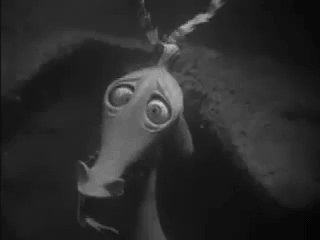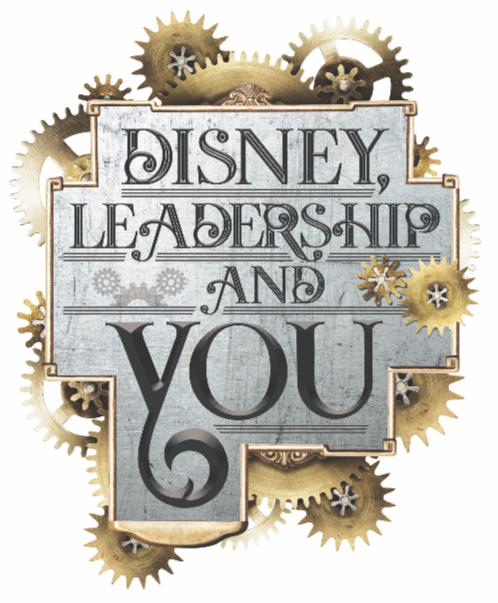Disney Dragon Week: Disneyland’s 1st Dragon
On day 2 we thought we would cover the very first Disney park dragon! To do so, let’s go “down, down, down” to “The Happiest Place on Earth,” Disneyland!
The podcasts which can be can be found here on Podbean and here at iTunes.
Walt Disney said, “Disneyland will never be completed as long as there is imagination left in the world.” Let’s see how that plays out!
Sea Serpents
You would have thought there might be dragons in Disneyland from day one. After all, it has a castle. Why not a dragon? But the first real significant dragon didn’t show up until 1959. And even then, it wasn’t some flying medieval foe. It was a sea serpent! Yes, a sea serpent or sea dragon is a type of dragon. It’s born out of mythologies from Greek, Mesopotamian, Hebrew and Norse roots. And this is one mythological sea serpent! It was a finale moment to the infamous Disneyland Submarine Voyage.

Courage to Fight The Competitive Dragon
According to Sam Gennaway’s The Disneyland Story, when Disneyland’s first head of operations, C. V. Wood, was terminated by Walt and Roy Disney, he went and started with CBS and Santa Anita Park a lavish 28-acre piece of competition called Pacific Ocean Park. The attraction, located in Santa Monica, California, opened on July 23, 1958. There would be an Union 76 Ocean Highway where you could drive miniature, gasoline-powered automobiles. There would be a flight to Mars. There would be a House of Tomorrow, a Safari Dark ride, a carousel and a train. It also had a U.S.S. Nautilus replica and an attraction called Deepest Deep, a simulated voyage via submarine. Only the whole thing took place above water. Oh…and a Sea Serpent Roller Coaster.

The park opened on July 23, 1958. According to a book dedicated to the seaside attraction, it had 20,000 the first day. On day two it had 37,262, which outperformed Disneyland’s attendance that day. The dragons of competition had emerged.
Gennaway notes that curiously on that same day Pacific Ocean Park opened, Walt Disney sent a memo to his staff outlining the roles and responsibilities for what would be the biggest expansion to the park since opening in 1955. Disneyland had added attractions in the previous years, but this was something much bigger. Eventually included would be a Matterhorn bobsled ride, a monorail, and a submarine experience–one that would go under the water–or at least look like it.
Apparently Walt knew that he had to deal with the competitive dragons knocking on his door.
Opened in 1959, the Submarine Voyage was truly one of the most creative endeavors of Walt’s park. There were 530 stationary figures, 126 animated figures, and 15,000 underwater plants in a 9 million-gallon lagoon. The water was so clear that the park claimed that it was pure enough to drink. The 8 submarines, named after U.S. Navy nuclear-powered submarines, were referred to by Walt as “the World’s largest peacetime submarine fleet.” He even had it formally commissioned by the U.S. Navy.

Half of the show was out in the open lagoon, the other was meticulously engineered in a hidden show building behind waterfalls that housed on top Autopia cars, monorails, and eventually a People Mover. Here guests would see sunken ships, the ruins of Atlantis, and go under a polar ice cap. And all of it would be capped off by the experience meeting a 60 foot sea serpent.

In a National Geographic article of 1963 entitled The Magical Worlds of Walt Disney, writer Robert de Roos notes: “[we] finally passed by what may be the largest sea serpent in the world. Certainly the largest cross-eyed sea serpent.”

Courage to Fight the Dragons of Apathy
Tony Baxter, an Imagineer at Disney, first rode the submarine as a twelve year old. In his memoirs, Tony Baxter: First of the Second Generation of Walt Disney Imagineers, Tony notes that it “rocked me like nothing else was Disneyland. Here I was sitting in a submarine under water. It was something I could only do, and in fact, something that most families could only do at Disneyland.” Later he was a sailor on board as a Cast Member, then in time, became an Imagineer working on the original 20,000 Leagues Under the Sea attraction at Walt Disney World.
In the nineties, operations at Disney simply didn’t want to deal with the overhead and the cost of keeping up the submarines. They saw little value in an attraction where you sat around looking at stuff in the water that looked attached to fishing wire. No one wanted to talk about how to make it better. And that became a cyclical monster, where failure to keep the attraction vibrant and alive caused it to fall out of popularity, allowing operations to reinforce their message that it wasn’t worth saving. They didn’t want to hassle with it. They didn’t want to invest in it.
Eventually the attraction closed, and even went through a decommissioning ceremony by the Navy, much to the lividness of Tony. When Paul Pressler, head of Disneyland, spoke about how cool the pomp and circumstance of having the subs decommissioned, Tony spoke boldly about it being the worst day of his life. He was angry that the attraction was simply neglected.
Those were dark days when the future of the submarine lagoon seemed very uncertain. Tony kept pitching ideas especially when the films like Atlantis came out. But films like this didn’t do very well with audiences. When Pixar’s Finding Nemo became a box office hit, Imagineer Tony Baxter realized it was a great story for redoing the moth-balled submarines.
The challenge for Tony was how to convince management that they not only could bring the story of Finding Nemo to the subs, but to make an experience that was as as “brilliant” as the as was done on the Pixar film. It wasn’t enough just to plug some plastic fish that looked like Nemo and friends on a bunch of wires. Along with Bruce Gordon and Chris Tietz, they produced a mock-up that allowed for the beautiful animation of the film to be nestled in the middle of the liquid expanse of that physical attraction. The attraction was enormously expensive to re-build, but the effect was very cool, and the project ended up being the first major attraction given a “go” by the new CEO, Bob Iger.

The result was The Finding Nemo Submarine which was dedicated on June 11,th 2007. Again, the Navy came out prior to opening and re-commissioned Disneyland’s eight submarines. While the old sea serpent has moved on, Tony’s courage to face the dragons of resistance and to be persistent in his vision of what the submarines could be is an example to all.

The Future
So what is the future of this beloved attraction? It’s still a very expensive attraction to keep up to date. Operationally, it requires a lot of labor. Who can tell where these beloved submarines will set sail next. But this much is for sure. Disneyland can’t sit on its laurels. It must not allow the submarines to fall into the liquid space of mediocrity. With new and compelling competition out there in the world, it must fight the dragons of competition, always offering new and compelling experiences. The only thing that will sink the subs will be apathy.

Souvenirs For You
Here are some takeaways from our focus on this Disneyland attraction. Consider the following:
- Who is your competition?
- How do you surpass those trying to do what you do best?
- How do you fight apathy–of resting on your laurels?
- What systems do you have in place to continually improve their products & services?
- How do you deal with people who sit on their accomplishments?
- How do you persist in your vision?
That’s why Walt said, “Disneyland will never be completed as long as there is imagination left in the world.”
Tomorrow we’ll explore another Disney park and new dragons–one that we particularly love. Be sure to subscribe to our podcast so you can be notified.
Meanwhile, if you want more of this kind of topic, please visit my book, Disney, Leadership and You. It’s available on Amazon, and shares these kinds of stories from Disney that help us to fight the dragons we face daily.

